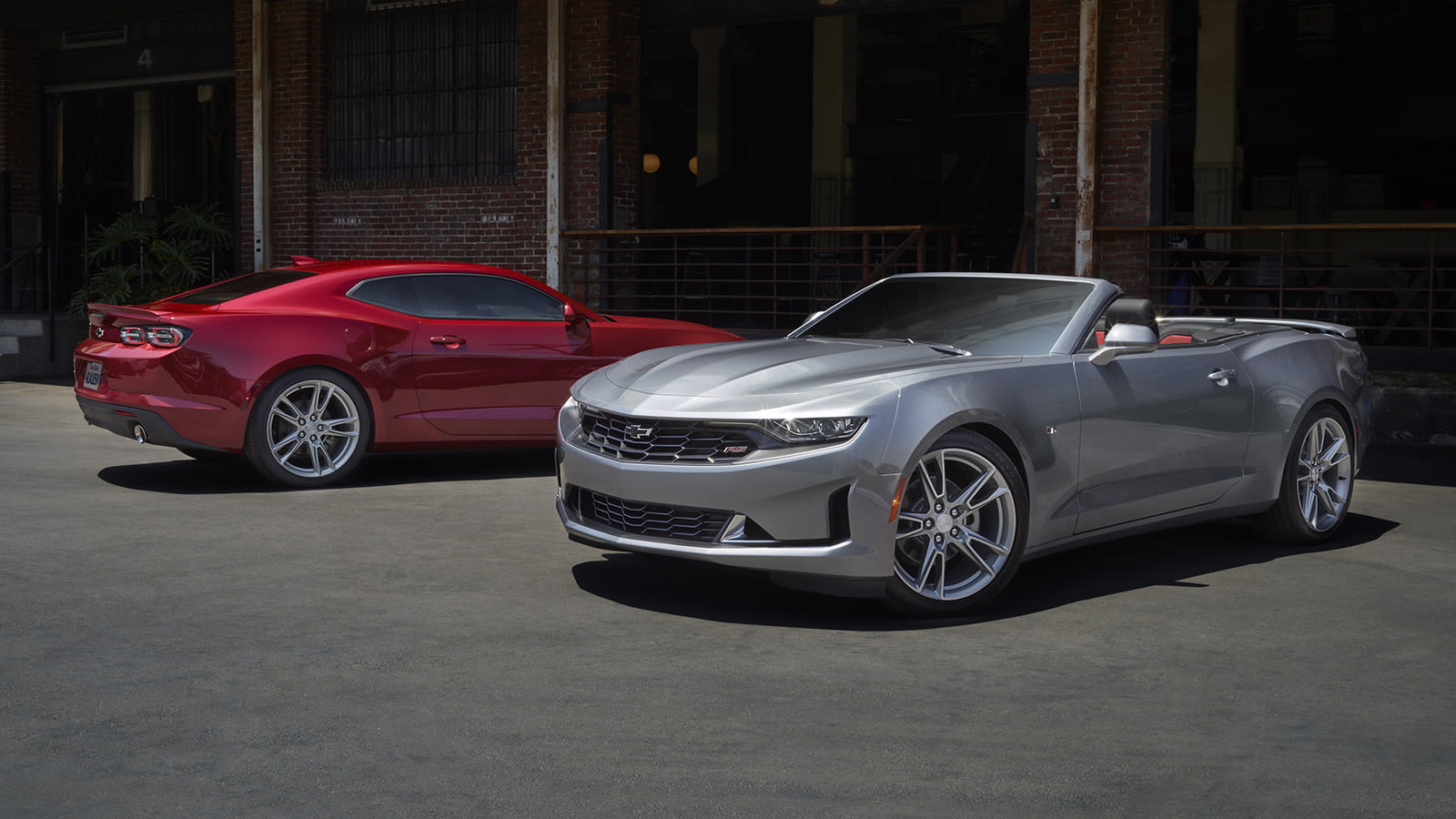What’s the one kind of car that every enthusiast seems to pine for and lament its death? OK, other than the brown manual station wagon? Cheap sports cars and sporty coupes, especially rear-drive ones. They seem to have been disappearing steadily since the 1980s and 1990s. Celicas, 240SXs, non-turbo RX-7s and Supras, or even little British sports cars and all variety of American performance coupes if you go farther back. But (in the voice of Morpheus from “The Matrix“) what if I told you that there are two excellent sports cars that start under $30,000, come with manual transmissions and have easily modified four-cylinder engines? Ones that you see all the time. They’re the Ford Mustang and the Chevy Camaro.
There’s probably a good portion of you who are going to say, “Nah, there’s no point to getting one of those, you have to get the V8.” And you know what, sure, if you have the cash, you should probably get the V8. But if you’re on a budget, one that can’t go above $30,000, that’s not going to be an option. The V8 Mustang starts over $37,000, and the V8 Camaro starts around $35,000, and each are about $9,000 more than their four-cylinder counterparts. So price-wise, they’re not exactly comparable, except for the fact that they share the same model name.
To look at it another way, you can buy even more impressive V8 versions of these cars, such as the Camaro ZL1 and the Mustang GT350 and GT500. They’re way more powerful and far better handling than just the plain Mustang GT and Camaro LT1. So why bother owning one of the regular V8 cars? Well, because not everyone can afford the super versions. Also, the regular ones are still good, which brings me to the other point: The four-cylinder cars are legitimately good sports cars for the money.
They each offer solid amounts of horsepower. The Camaro makes 275 horsepower and 295 pound-feet of torque, which matches or tops the new Subaru WRX, Hyundai Veloster N and the Volkswagen GTI (also the new one). The Mustang EcoBoost (not even the special Performance Package one) makes 310 horsepower and 350 pound-feet of torque. That tops the even more expensive Honda Civic Type R and Volkswagen Golf R. And both cars can be made more powerful with your typical turbo engine upgrades such as a tune, intake, exhaust and such. Ford even has an official calibration that’s 50-state legal and comes warrantied when installed by a dealer that adds 35 horsepower and 76 pound-feet of torque.
But it’s not just the power, it’s also the handling. Both cars share most of their chassis with their also-enjoyable V8 models, and so they’re still responsive and eager to corner. In fact, they’re the lightest versions of the cars, and so they’re arguably more playful in the corners. The Mustang is particularly zippy on turn in without the enormous twin-cam V8 sitting on the nose. Another cool bonus, both models come standard with a limited-slip differential. Great for cornering, and for doing a little drifting if you’re feeling frisky.
Now if you just prefer to have a hot hatch, or maybe your sports car desires are more inline with a Miata or 86/BRZ, that’s totally fine. But what I’m trying to get at here is that these base pony cars shouldn’t be missed out on just because they’ve been unfairly maligned as subpar rental car fodder with a small cylinder count. The fact of the matter is that they’re actually a great way to get a fun sports car for not too much money, and with ways to grow with you as your budget and skill allows.
Related video:


